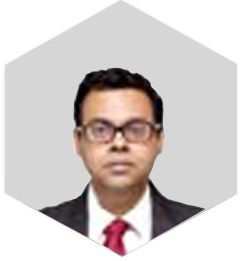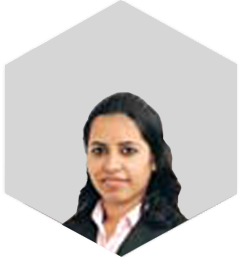The Skill is Not Enough

Anirban Gupta
Senior Consultant,
Aon Hewitt

Chetna Arora
Consultant,
Aon Hewitt
The Times They are a Changing
The technology space is going through interesting times these days in India. Not only is it generating enough buzz to keep providing daily news to the media, it is revolutionizing the technology marketplace. On the back of Social, Mobility, Analytics and Cloud (SMAC), technology organizations are changing their roles from organizations that can help optimize costs to organizations that can help improve top line and shareholder return. With this change, the audience that these technology organizations are reaching out to is changing from the CIO or CTO to the Chief Sales Officer or the CEO of organizations. "SMAC will be a platform that will enable organizations to drive consumerization of technology. It will become the new basis of competition, helping organizations build new business and operating models", highlights R Chandrasekaran, Group Chief Executive, Cognizant. Gartner projects the worldwide spending in IT (in USD) to go up by ~12% in the period between 2012-16, roughly at about 3-3.5% a year. Aon Hewitt believes this to be just half the story. What needs to be closely looked at is the fact that there is a tremendous reallocation of client spends moving away from traditional Application Development and Maintenance (ADM) and Enterprise Resource Planning (ERP) towards SMAC. Between social media, mobility, analytics and cloud, the projected growth rates are anywhere between 8-72% CAGR till 2016. This is a tectonic shift that is gripping the technology business across the world which is reducing the competitive market space. If that wasn't enough, the rate at which newer technologies are emerging is also increasing. Earlier technology waves were longer and allowed organizations that missed the wave to play catch up with the early adopters. That trend is now changing. "Five years ago, technology cycles used to be seven years, which is now down to three. My sense is this will soon hit the 18 months to 2-year time frame", points out TK Kurien, CEO, Wipro. The real impact of that would be the fact that if organizations miss a technology wave, playing catch up no longer makes sense, for most organizations, the focus would then be to identify and become an early adopter of the next wave of technology. Quoting Dylan "For the loser now will be later to win" seems to be the mantra of the new age of technology that is upon us!
Talent Imperatives in the Time of SMAC
Given the dynamic nature of the landscape, organizations are looking at upskilling, maintaining and reskilling talent differently from how they have done in the past. Aon Hewitt conducted a research with some of the largest system integrators in India to assess an organization's talent and rewards management journey, as the organization moves from one business/technology lifecycle to another. The research uncovered a consistent trend in the way the talent dynamics evolve in an organization as they look at adapting to emerging business/technology lifecycle progresses. The research presented three broad ways organizations look at scaling up headcount for emerging businesses. Build Talent: Predominantly used by the pioneers of the technology waves, the success of the strategy depends solely on the ability to either spot or dictate the way the technology landscape will change and then undertake massive reskilling programs through isolated incubation hubs to have talent that can service the new landscape. 1. Buy Talent: Often used by the organizations that missed the technology boat so to say, the focus is to tap organizations that spearheaded the change and attract talent through monetary and non-monetary means to build your own service offering at whatever cost. 2. Seed Talent: A newer and fairly more interesting way of managing growth that blends the above two approaches. It buys talent at only the critical levels however, for the rank and file, it uses the bought talent to then build a workforce that can deliver on newer technology. We see this consistently being used in organizations that though weren't the first to spot an emerging technology wave or build market consensus around it, they were early adopters none the less. The blended talent management approach gives the organization a much needed fillip and helps it play catch-up with the pioneers.
|